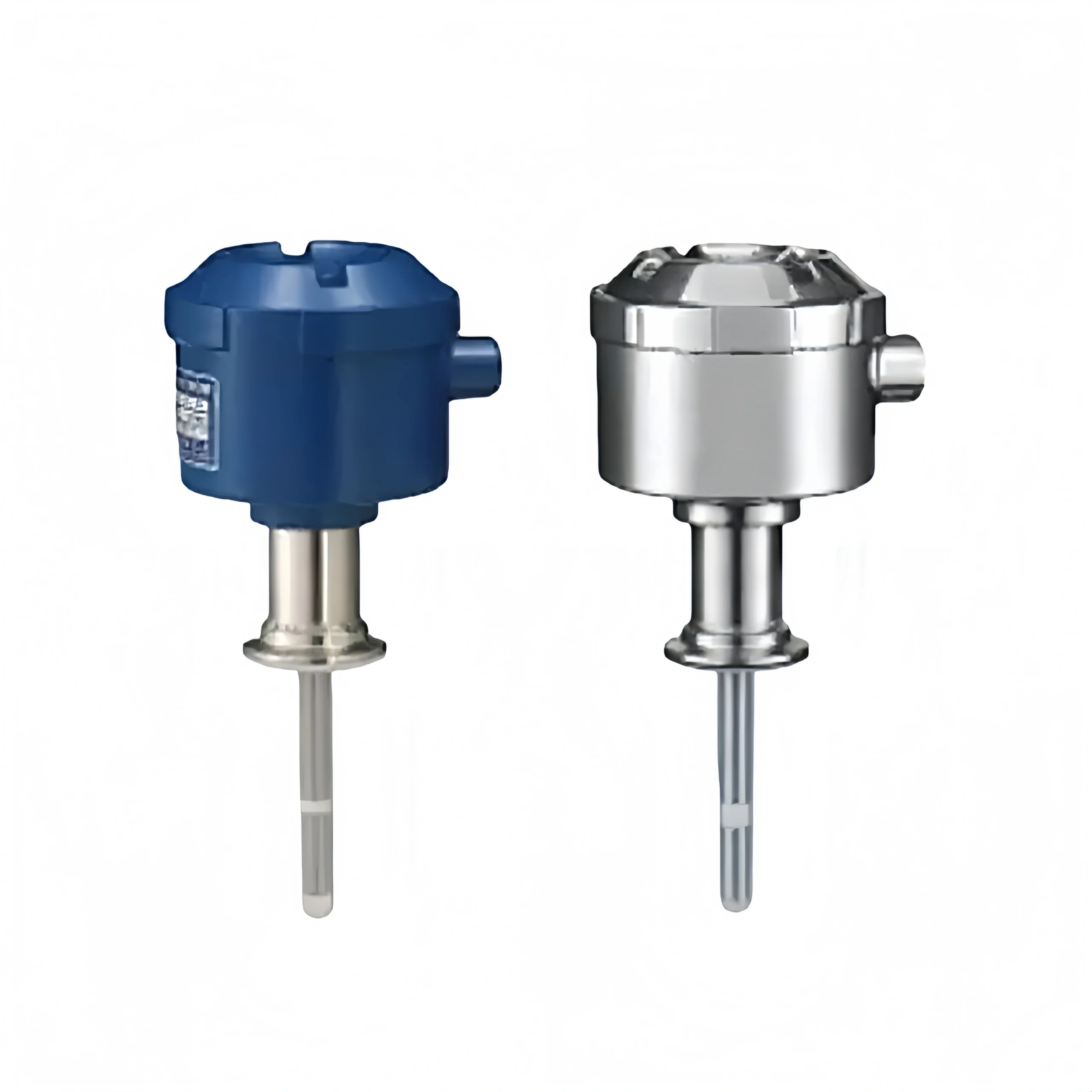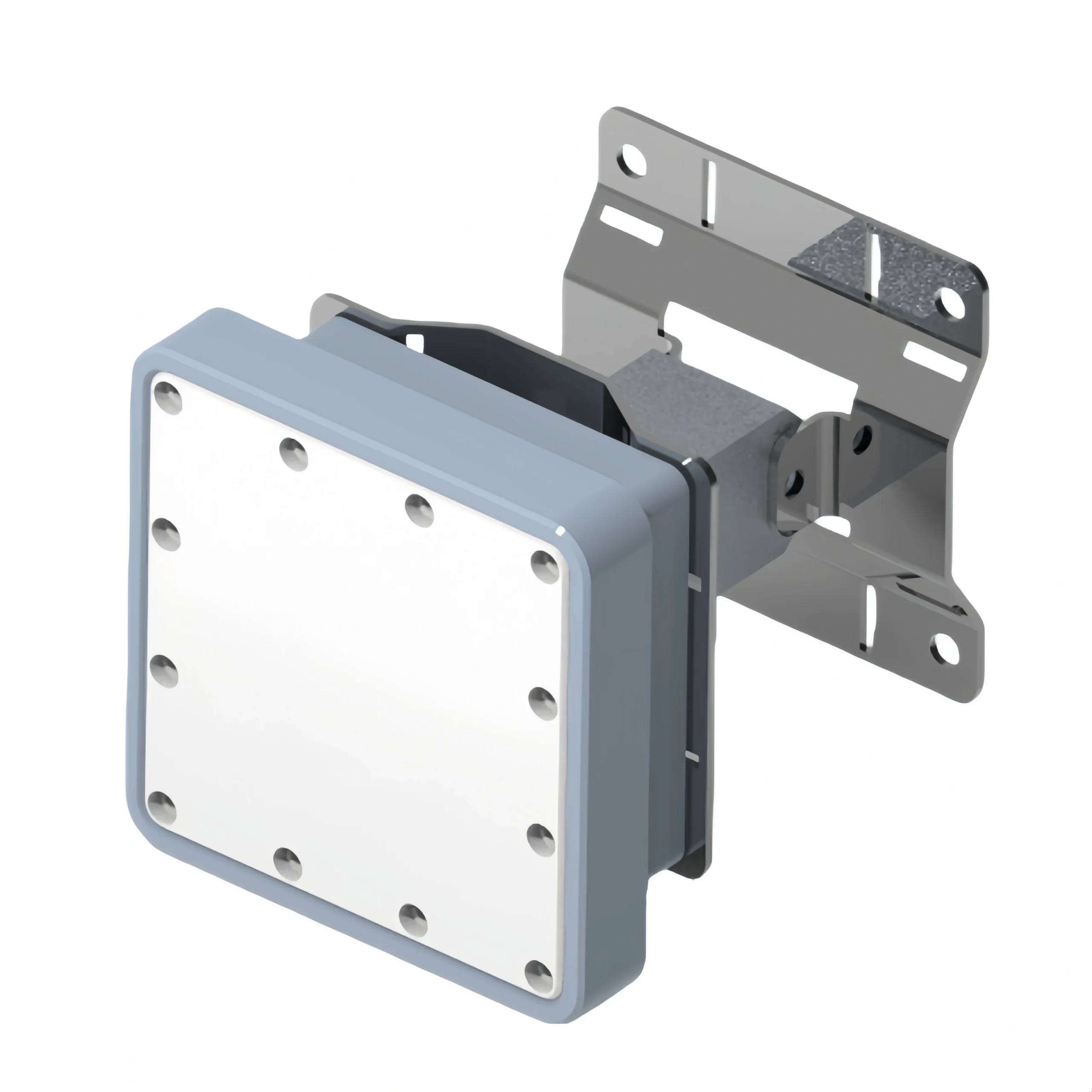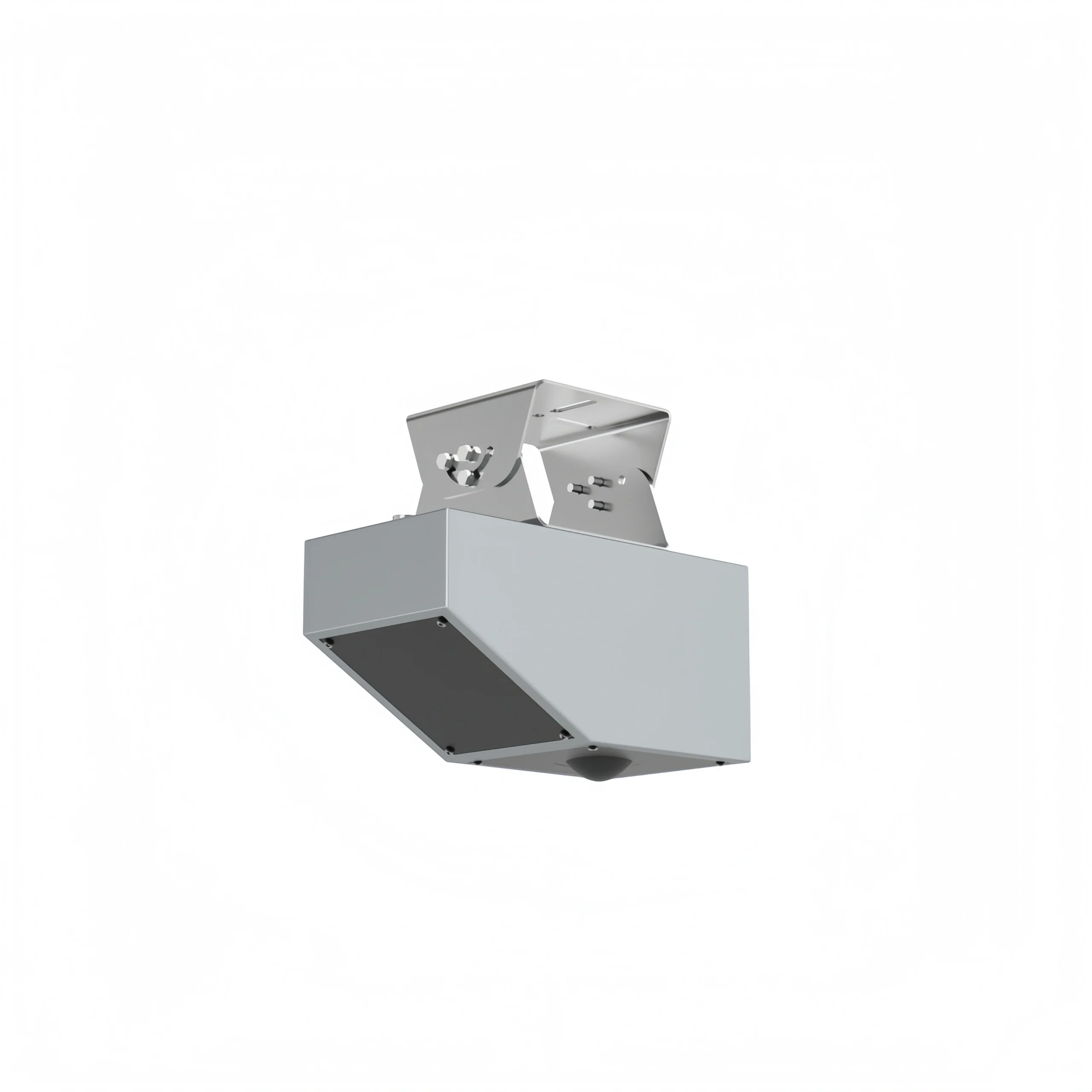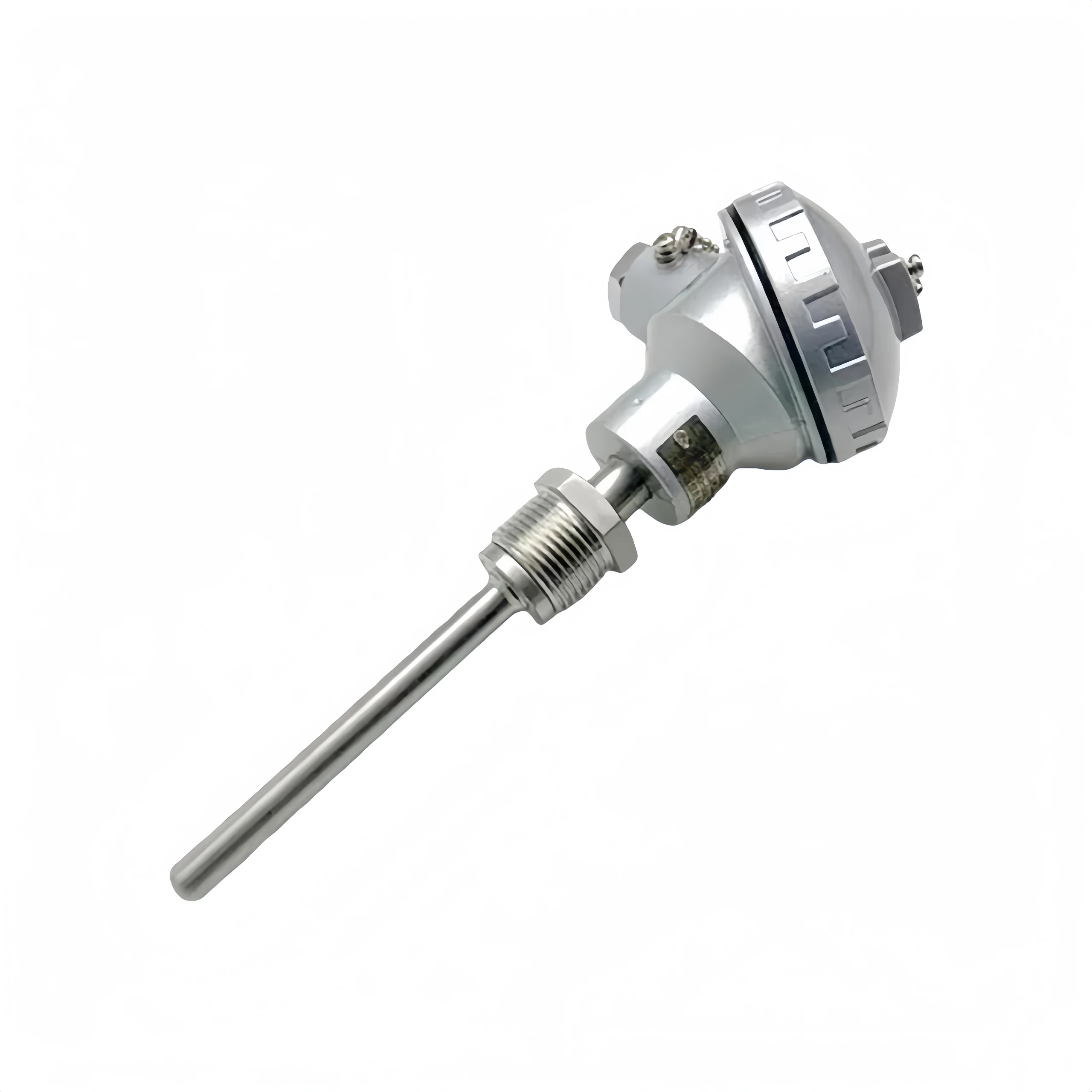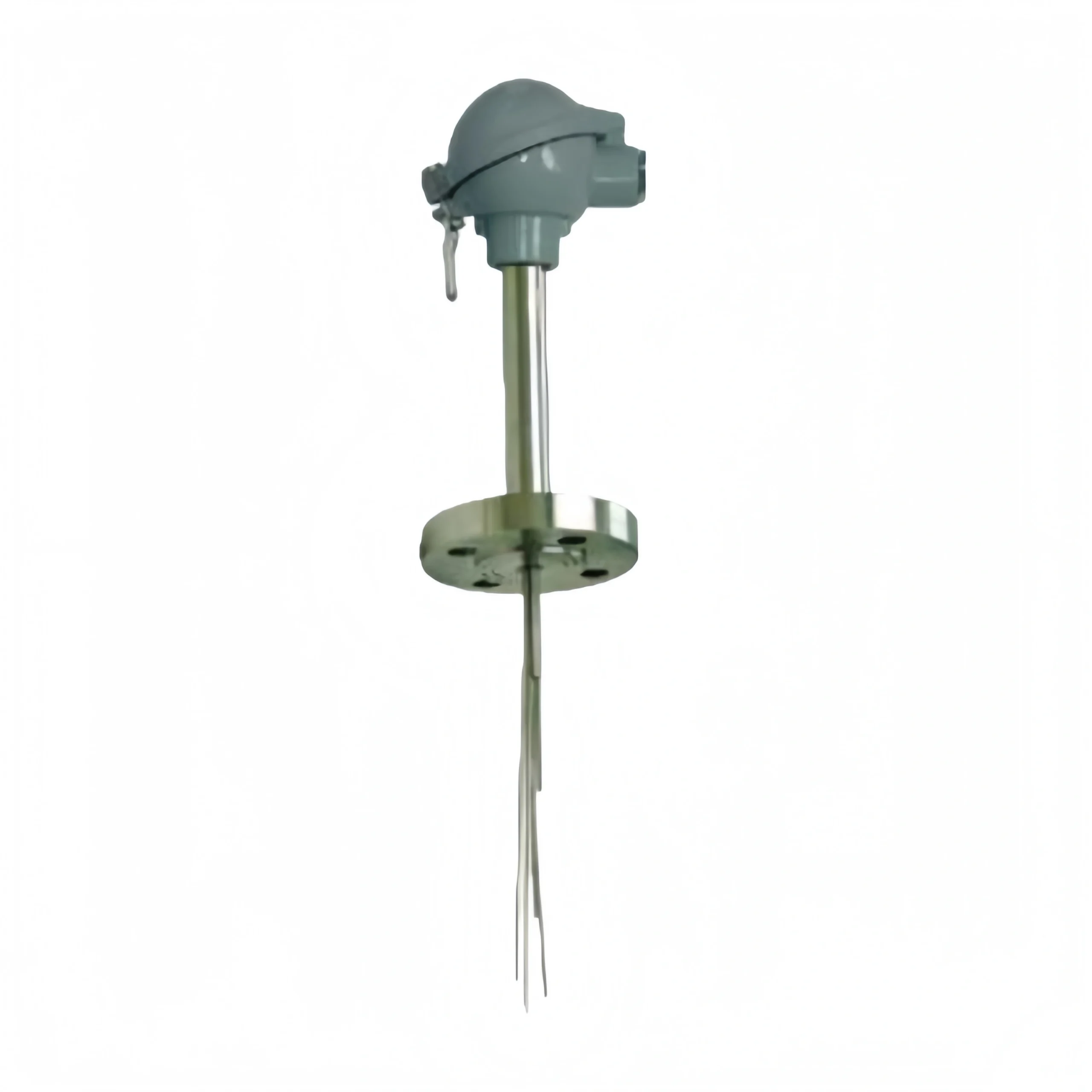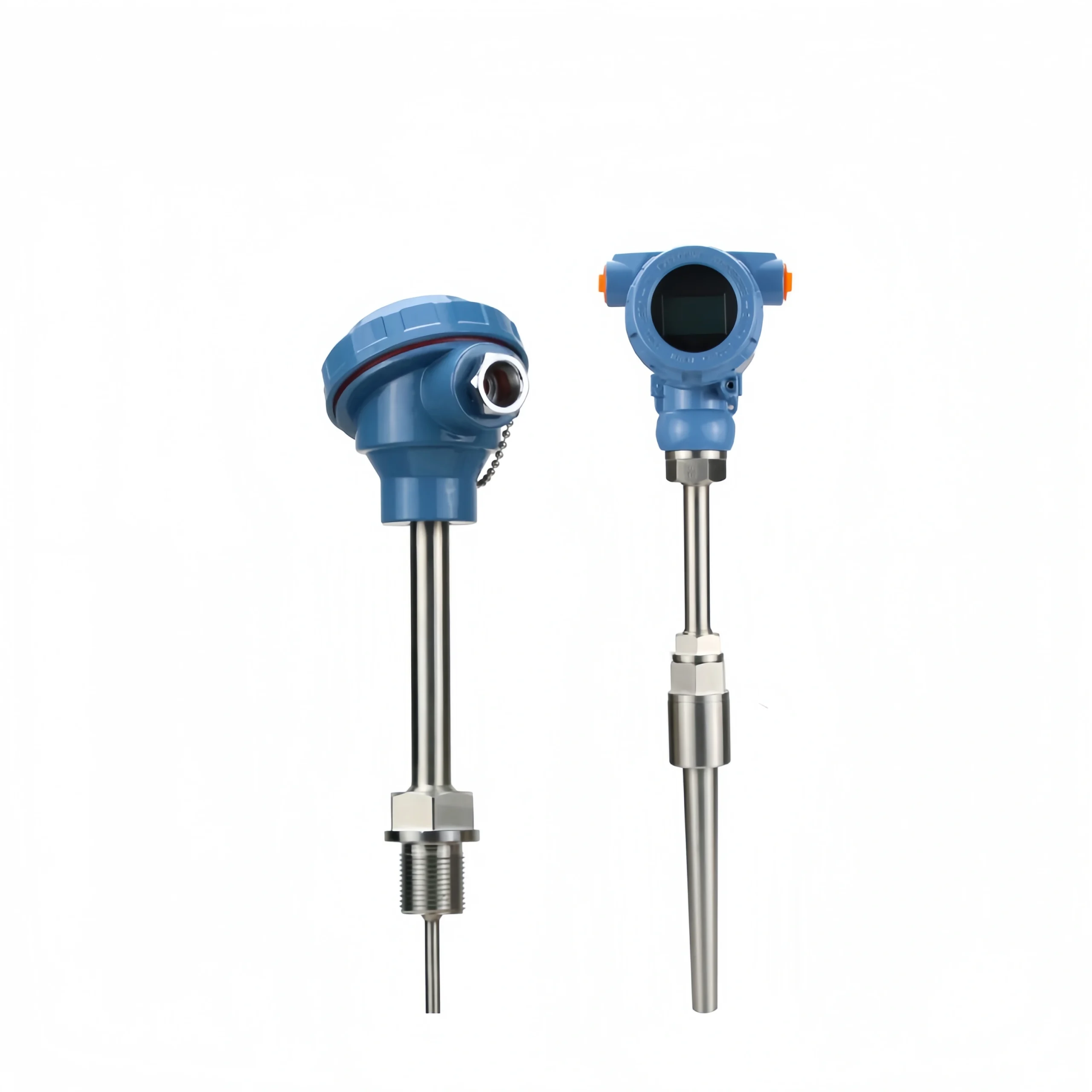What is a capacitive level switch?
A capacitance level switch utilizes the principle of electrostatics. The measurement of this type of switch typically involves one plate forming a capacitor, while the other plate is external to the switch. This external plate is usually grounded or connected to the machine in the device.
When an object moves towards the switch, regardless of whether it is a conductor, its proximity always causes a change in the dielectric constant of the capacitor, thus changing the capacitance. Changes in capacitance cause changes in the state of the circuit connected to the measuring head. Ultimately, the circuit controls the switching on or off of the switch.
This proximity switch detects objects beyond conductors. It can detect insulating liquids or powdery substances, etc.

How does a Capacitance Switch Work?
A capacitance level switch uses the probe (sensing electrode) and the container wall (grounding electrode) as the two plates of a capacitor. When the medium between the two plates changes, the capacitance value also changes. The level switch’s unique analysis and processing unit detects the magnitude of this change. When this change reaches the switch’s set value, it is converted into a switch signal output for control purposes. Ultimately, the level switch controls the position of the measured medium.

Can a Capacitive Sensor Detect Liquid?
Capacitive level sensors do not require direct contact with the liquid. They can operate stably in various liquids. It is especially suitable for harsh environments such as strong acids and alkalis. These sensors are typically externally mounted. It eliminates the need for holes in the container.
They are particularly suitable for containers made of insulating materials such as plastic and glass. The installation location is close to the outer wall of the container. It can save space and effectively avoid the direct influence of the liquid on the sensor. This allows it to exhibit superior stability and accuracy in various liquid media. Capacitive level sensors can detect a variety of liquids.
They include water (sewage and purified water), beverages, plant nutrient solutions, seawater, and various strong acids and alkalis. For example, in household appliances. such as water dispensers, humidifiers, coffee machines, and printers. Capacitive level sensors ensure that the equipment operates at the normal liquid level. Simultaneously, in medical equipment and room-temperature liquid detection devices, the sensor enables precise liquid management.
Capacitive level sensors are also suitable for detecting the level of strong acids and alkalis. In the chemical industry, they effectively cope with the corrosiveness and complexity of liquids. Their corrosion resistance allows them to operate stably for extended periods in challenging environments without frequent maintenance. However, in extreme environments, it is recommended to contact the supplier for technical support, as this may cause reduced accuracy and equipment damage.
Can Capacitive Level Sensors Detect Both Conductive and Non-Conductive Materials?
Capacitive level sensors can measure both conductive and non-conductive liquids.
When measuring conductive liquids such as water, acids, alkalis, salts, and various aqueous solutions, capacitive level sensors generally use stainless steel or copper rods as electrodes, with a polytetrafluoroethylene (PTFE) plastic insulating tube or an enamel coating for insulation.
When measuring non-conductive liquids, electrode surface insulation is not required. We can use bare electrodes as inner electrodes, with a metal outer electrode having a liquid flow hole, and assemble them into a capacitive sensor using an insulating ring.
Precautions in the Application of Capacitive Sensors:
(1) Overcoming the influence of parasitic capacitance
Due to structural and size limitations, capacitive sensors have very small capacitances (pF to tens of pF). It belongs to low-power, high-impedance devices. Therefore, they are easily affected by external interference, especially by cable parasitic capacitances that are several or tens of times larger and have randomness.
This interference is connected in parallel with the sensor capacitance. It seriously affects the sensor’s output characteristics. Eliminating the influence of parasitic capacitance is key to the practical application of capacitive sensors.
(2) Overcoming the influence of edge effects
In fact, when the ratio of plate thickness h to electrode distance δ is relatively large, the influence of edge effects cannot be ignored. Edge effects not only reduce the sensitivity of capacitive sensors but also introduce nonlinearity.
(3) Overcoming the Influence of Electrostatic Attraction
The electrostatic field between the two plates of a capacitive sensor creates electrostatic attraction or torque. The magnitude of this electrostatic attraction depends on the operating voltage between the plates, the dielectric constant, and the distance between the plates. Normally, this electrostatic attraction is minimal. However, when using elastic sensitive elements with very small driving forces, the measurement error caused by electrostatic attraction must be considered.
(4) Temperature Influence
Changes in ambient temperature will alter the single-valued functional relationship between the output of the capacitive sensor and the measured input, thus introducing temperature interference errors. The main influences mainly include the effects of temperature on structural dimensions and on the medium.



